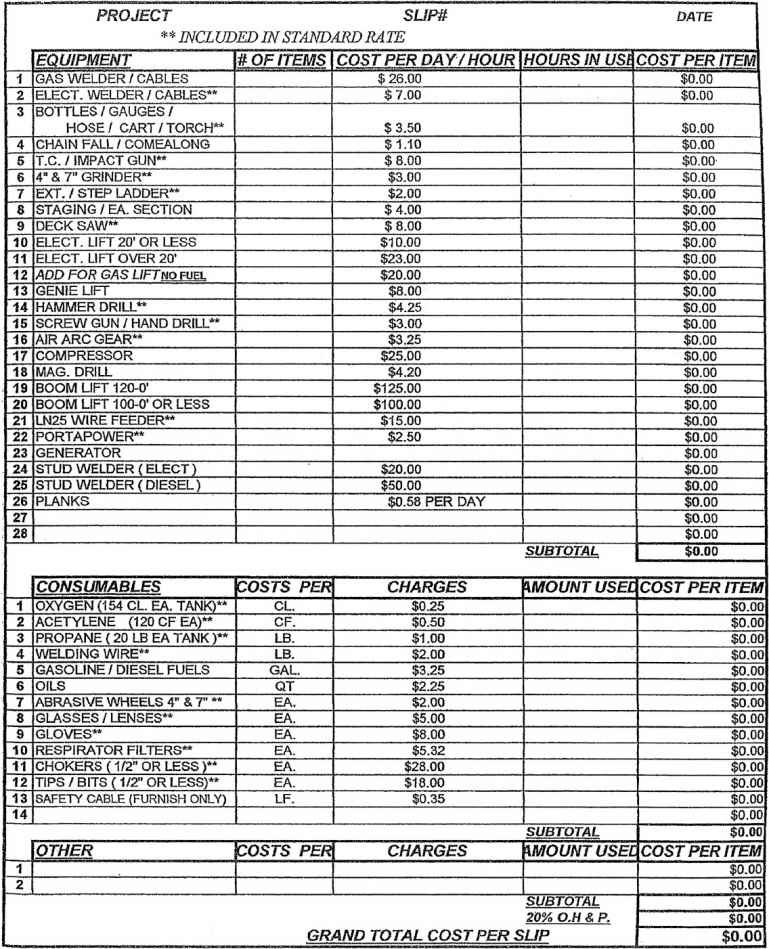The GMP contract is frequently used for fast-tracked projects, allowing the owner to receive a maximum project cost while retaining the potential for cost savings. The GMP contract approach permits an owner to lock in a maximum project cost even before the contract documents—the plans and specifications—are 100% complete, quite often when the plans and specs are only 70% to 80% complete.
Because the GMP contract is generally executed prior to the remaining 20% to 30% of the design having been completed, some of the pitfalls in this contract format are:
- What did the owner expect the final design to include?
- What did the contractor assume would be included in the final design and therefore include as costs to cover the remaining portion of the design?
- What did the architect actually develop in that last portion of design work, and did it conform to the same concept the builder assumed?
Much the same caveats for the Cost Plus contract described previously apply to the GMP project, defining costs to be reimbursed and costs not to be reimbursed. However, another very important component of the GMP contract is a document developed to define the scope of work anticipated by the contractor when it receives the 100% complete drawings. This document or Exhibit is the Exclusion, Inclusion, or Contract Qualification Exhibit. Included in the body of the GMP contract or attached to it as an Exhibit, will be, in detail, what the contractor, in effect, has included in its scope of work independent of what may be shown in the final documents. This document will be reviewed with owner and design consultants to obtain a meeting of the minds before appending it to the contract for construction.
An experienced general contractor will have assumed certain architectural work; finishes; and coordination involving mechanical, electrical, and plumbing rough-ins and equipment connections in the as yet, not fully designed portion of the contract documents. It will base its price on these assumptions, which if left unsaid and unwritten, will most surely be cause for misunderstandings when the 100% complete documents are produced. For example, the contractor may have assumed medium quality in the offices and hallways, ceramic tile floors and painted walls in the men’s and ladies’ rooms on each floor only to find out that the final design included a high-end 54-ounce carpet and ceramic wall tile, wainscot height in each bathroom. Without a complete contractor Inclusion or Exclusion list, these upgrades may become a part of the contractor’s obligation under the terms of the 100% complete contract documents.
* 3.2.6 List of Equipment Proposed for Costs to Be Reimbursed*
Section 3.2.8 is only one small portion of a much more detailed Contract Qualification Exhibit, this one pertaining to some renovations at a commercial urban project.




Post your comment on this topic.